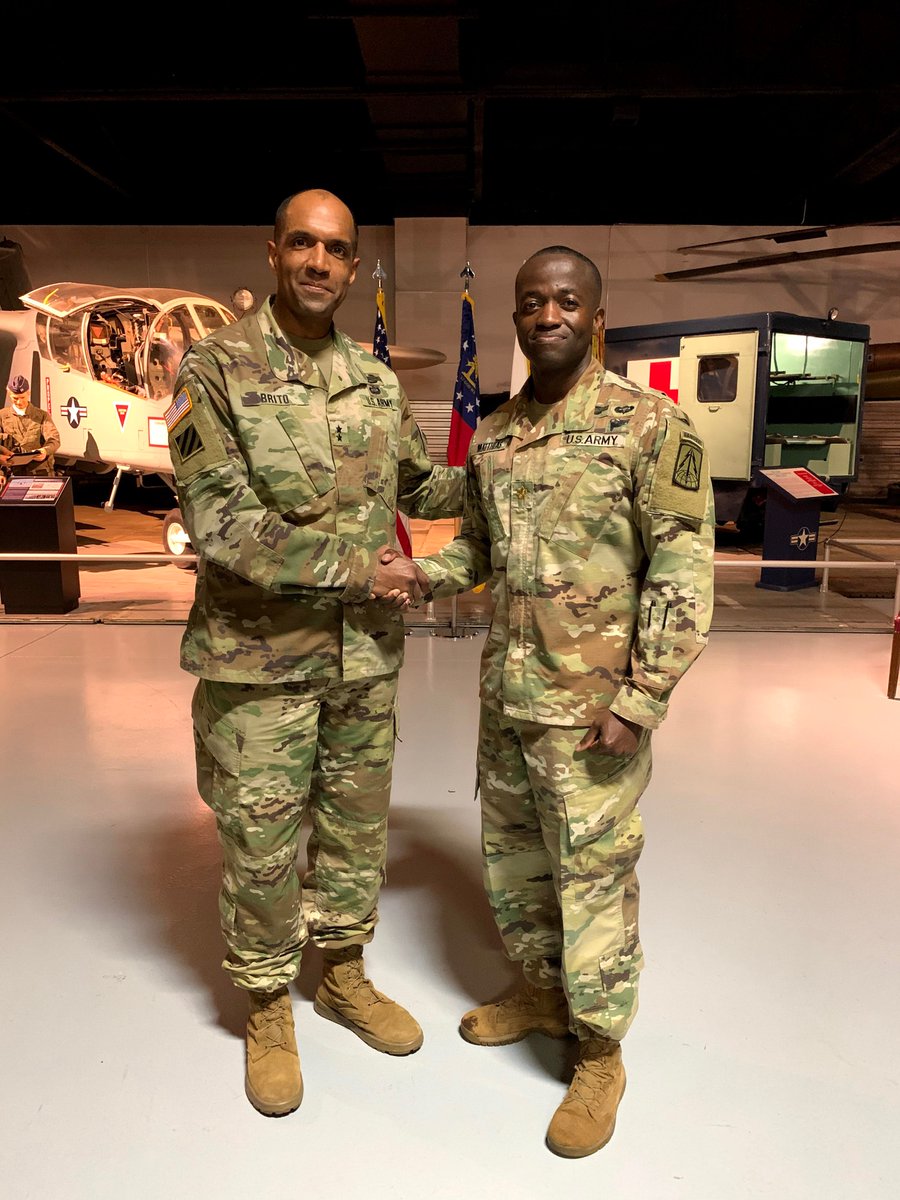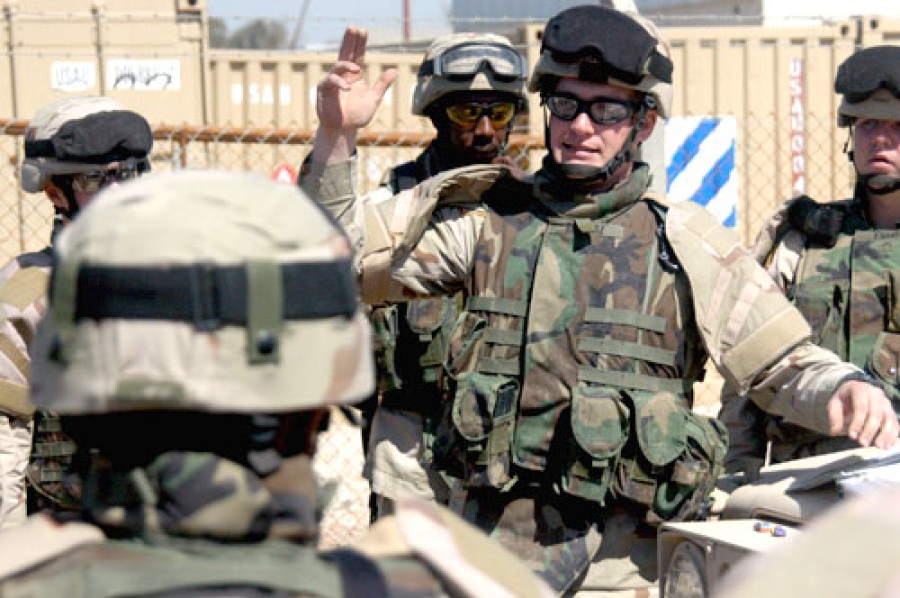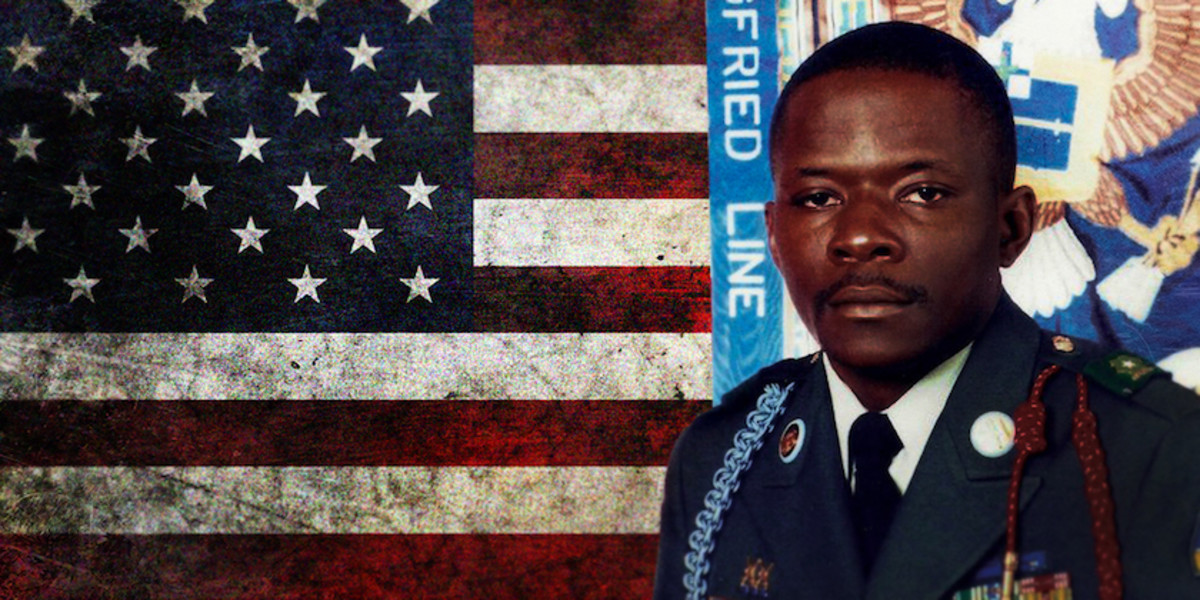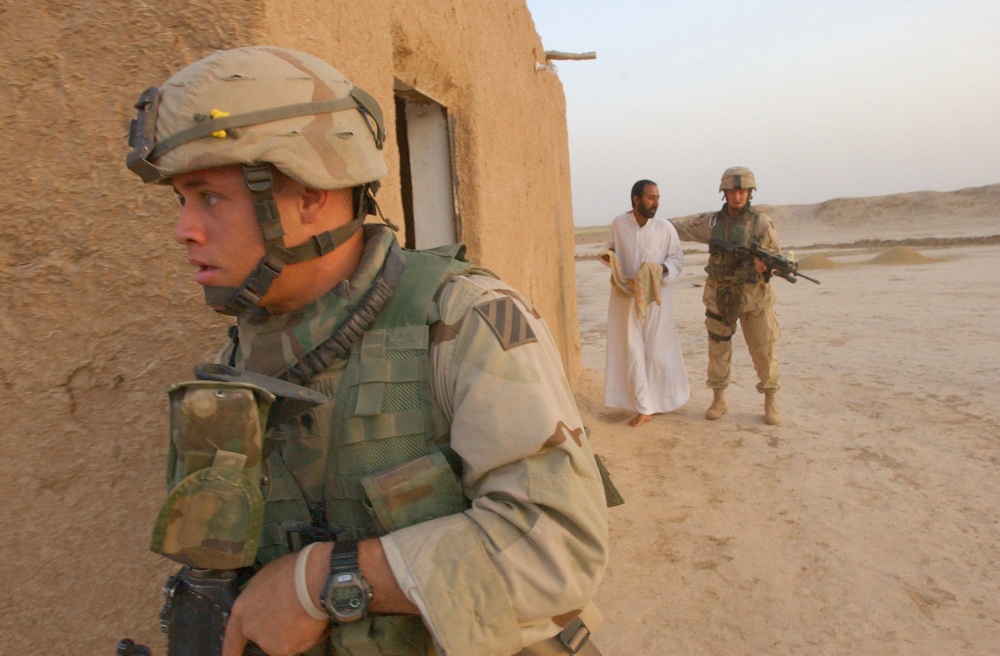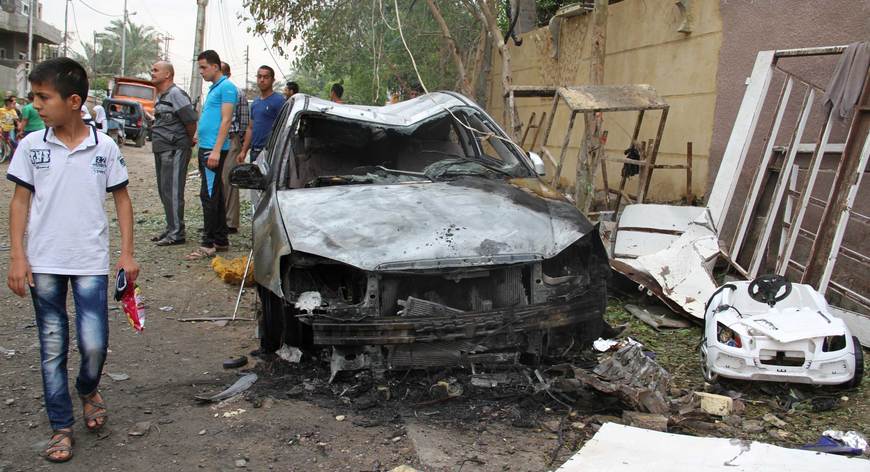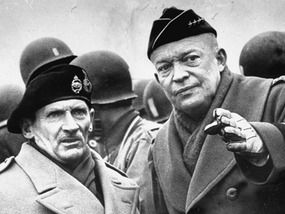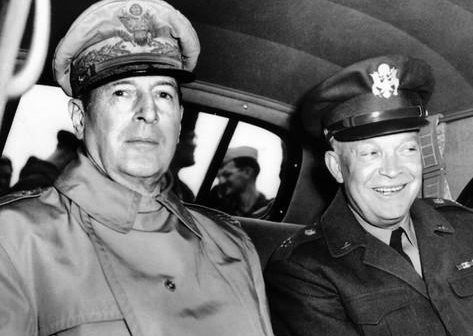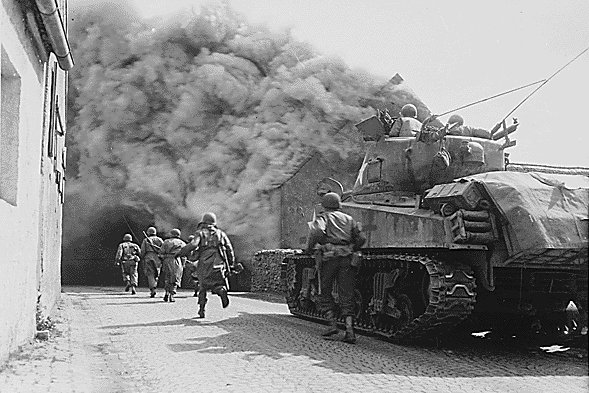
1 of 22:
This is the story of the genius of the American Soldier. It’s is a true story. It’s a good story. Most importantly, it’s a story that reveals why the Dragon Innovation Program is so important.
This is the story of the genius of the American Soldier. It’s is a true story. It’s a good story. Most importantly, it’s a story that reveals why the Dragon Innovation Program is so important.
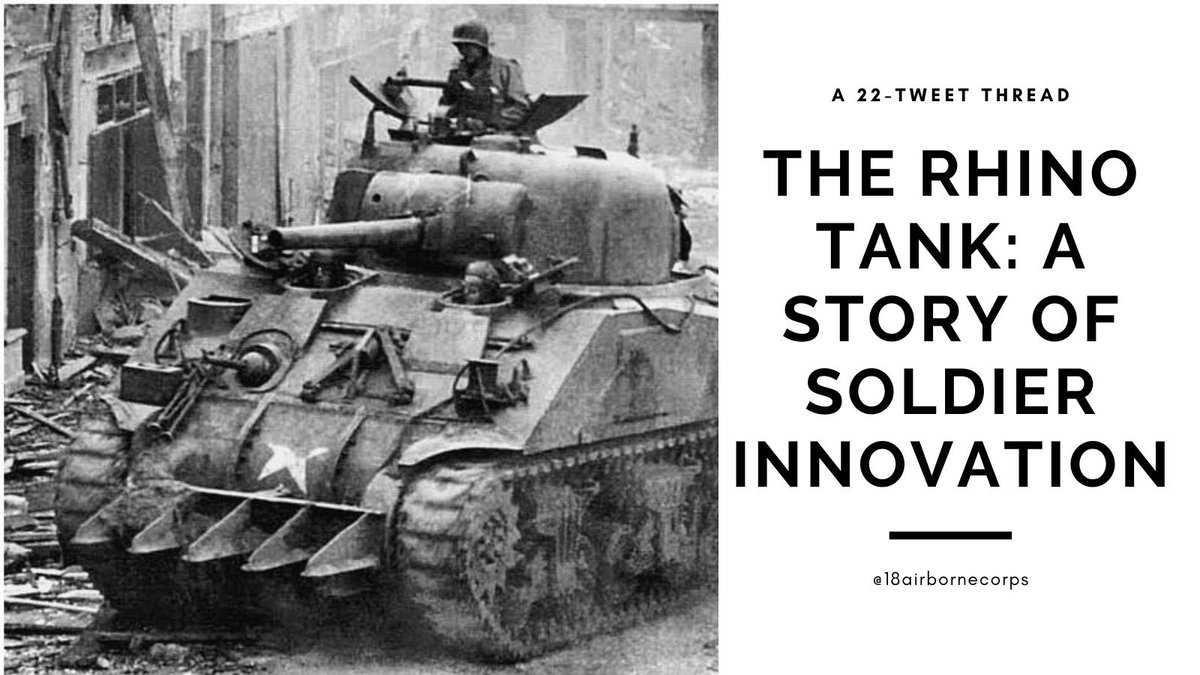
2 of 22:
The Dragon Innovation Program that we’ve been promoting focuses on developing a Culture of Innovation across the corps. By that we mean we’re looking to all Soldiers across all formations and all installations to constantly generate new ideas.
The Dragon Innovation Program that we’ve been promoting focuses on developing a Culture of Innovation across the corps. By that we mean we’re looking to all Soldiers across all formations and all installations to constantly generate new ideas.
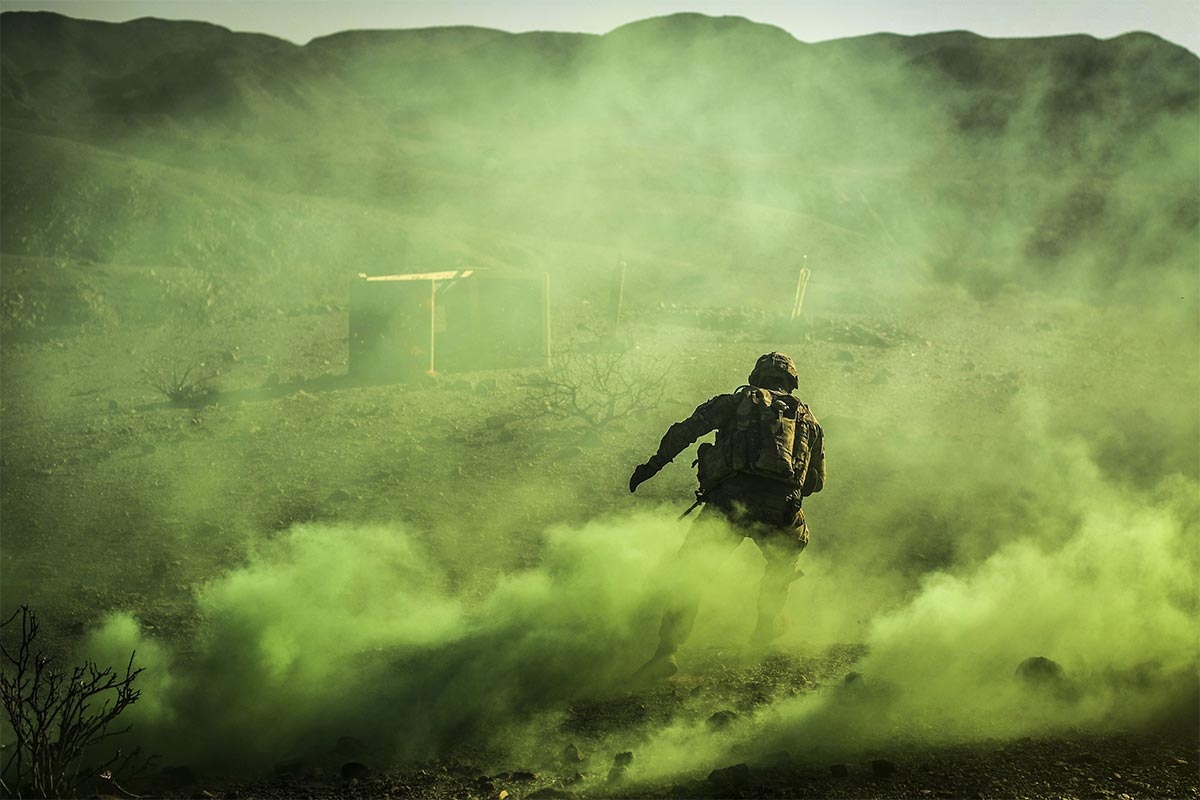
3 of 22:
Some of the best ideas are trapped inside formations. In some cases, the best ideas are buried under layers of bureaucracy and process. In others, Soldiers are just waiting for someone to ask them what they have to offer.
Some of the best ideas are trapped inside formations. In some cases, the best ideas are buried under layers of bureaucracy and process. In others, Soldiers are just waiting for someone to ask them what they have to offer.
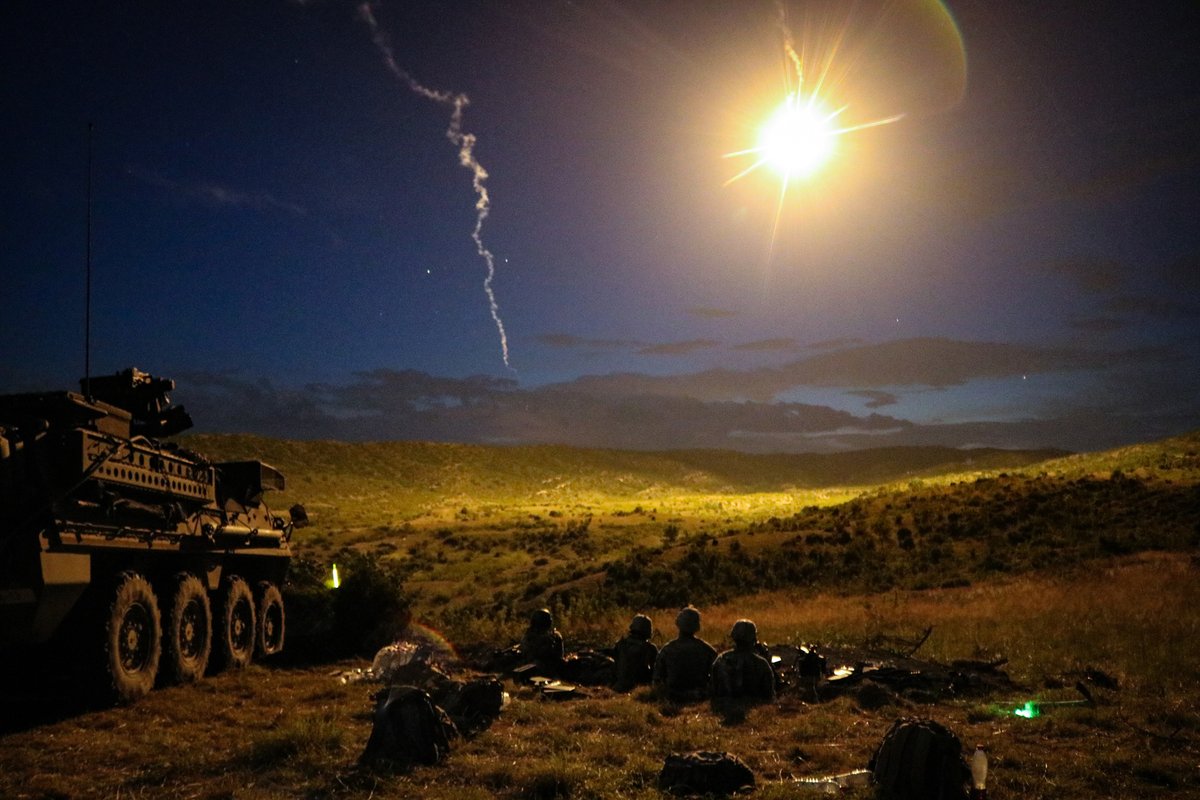
4 of 22:
Freeing those ideas, allowing them loose into the world, can offer strategic value to the Army.
Freeing those ideas, allowing them loose into the world, can offer strategic value to the Army.
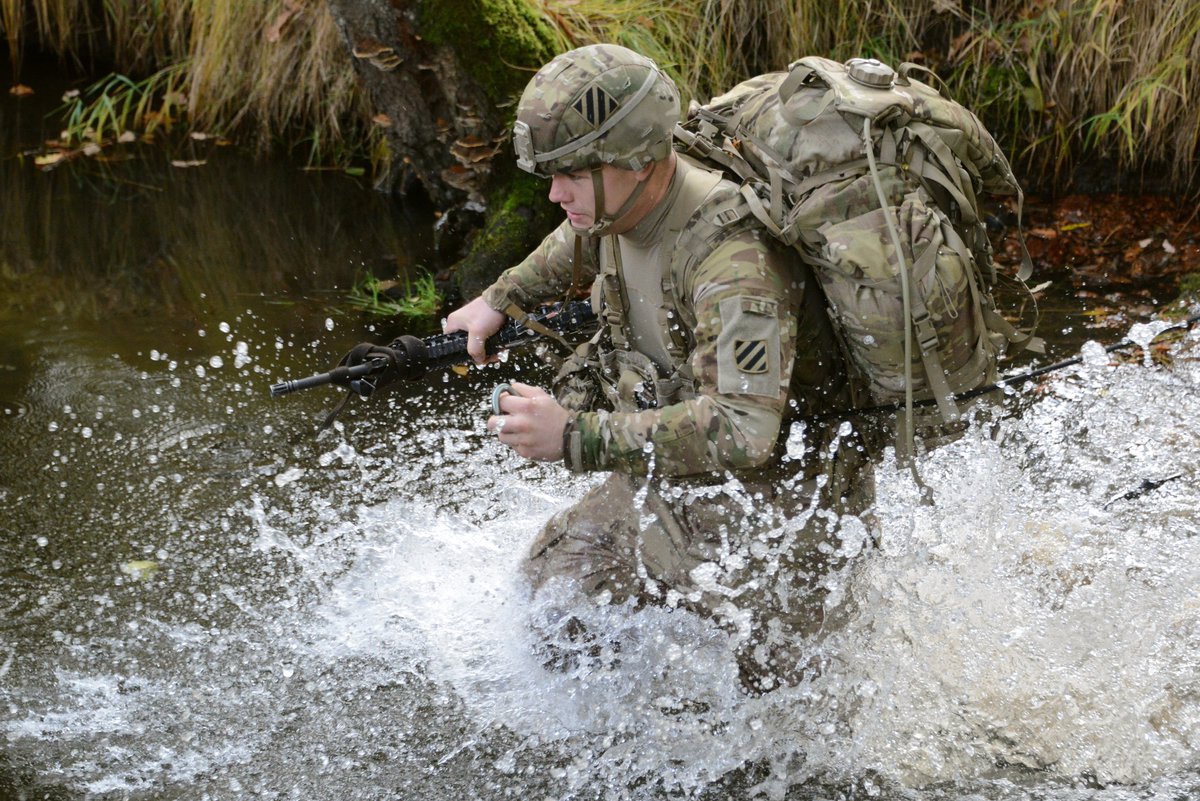
5 of 22:
This story is a case in point. Let’s take a journey back to World War II European Theater of Operations and June 1944.
This story is a case in point. Let’s take a journey back to World War II European Theater of Operations and June 1944.
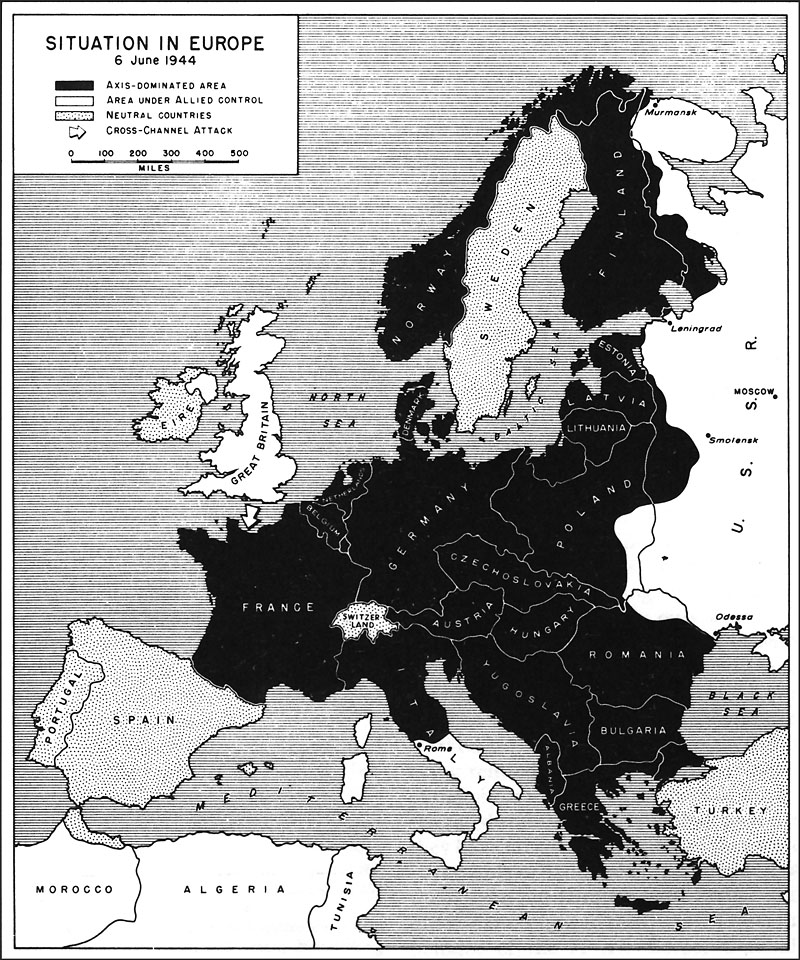
6 of 22:
After the D Day landings in Normandy, American units found themselves boxed in and unable to maneuver through hedgerows built up over generations. These boundaries were developed to enclose pastures and mark property lines.
After the D Day landings in Normandy, American units found themselves boxed in and unable to maneuver through hedgerows built up over generations. These boundaries were developed to enclose pastures and mark property lines.

7 of 22:
These man-made earthen walls were created to split the farms in Normandy. During the war, they established terrain perfectly suited for defensive action.
These man-made earthen walls were created to split the farms in Normandy. During the war, they established terrain perfectly suited for defensive action.
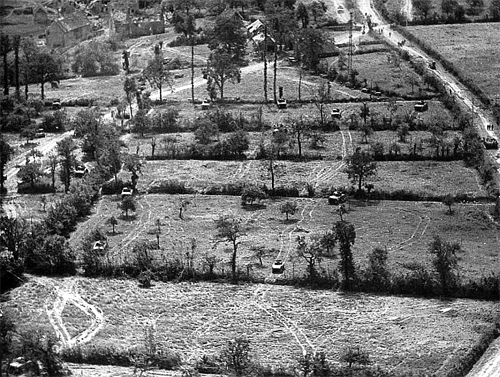
8 of 22:
At ~ 5 meters tall, each enclosure was a virtual fortress. The Germans spent the months ahead of the Normandy invasion building them up. The hedgerows became traps for our Sherman tanks.
At ~ 5 meters tall, each enclosure was a virtual fortress. The Germans spent the months ahead of the Normandy invasion building them up. The hedgerows became traps for our Sherman tanks.

9 of 22:
The Germans practiced moving through the hedges and selected areas for machine guns and anti-tank weapons. German units chose firing positions from trees into nearby enclosures.
The Germans practiced moving through the hedges and selected areas for machine guns and anti-tank weapons. German units chose firing positions from trees into nearby enclosures.
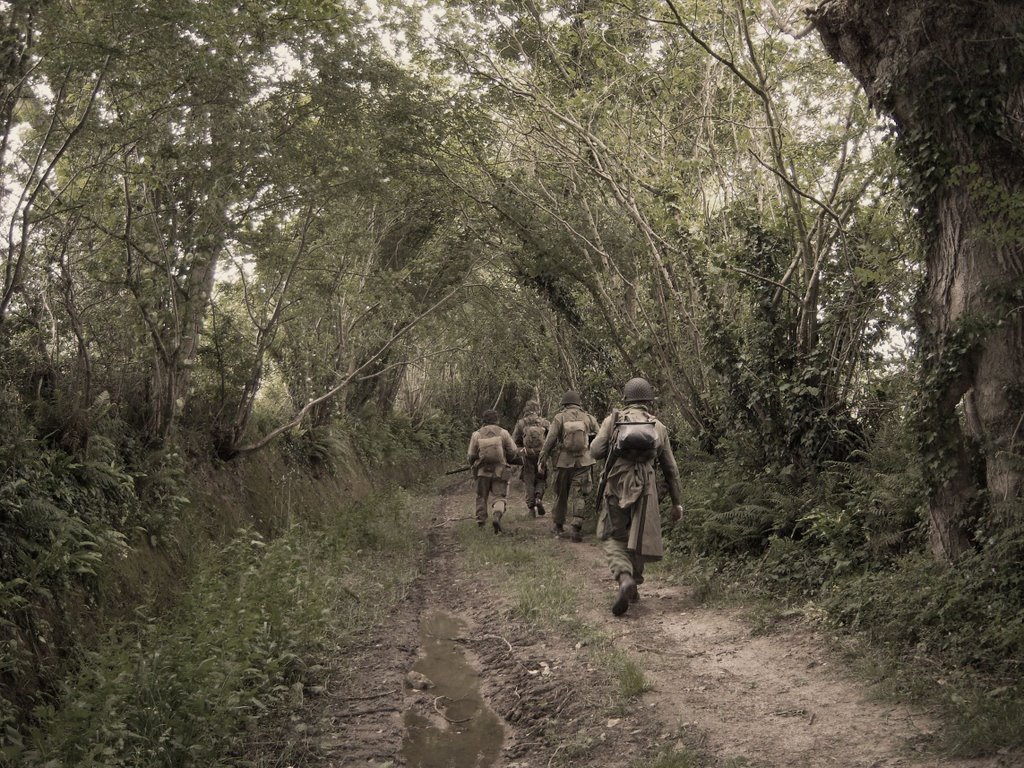
10 of 22:
The American Soldier was completely unprepared to fight in this terrain. That is largely the fault of the Generals.
The American Soldier was completely unprepared to fight in this terrain. That is largely the fault of the Generals.
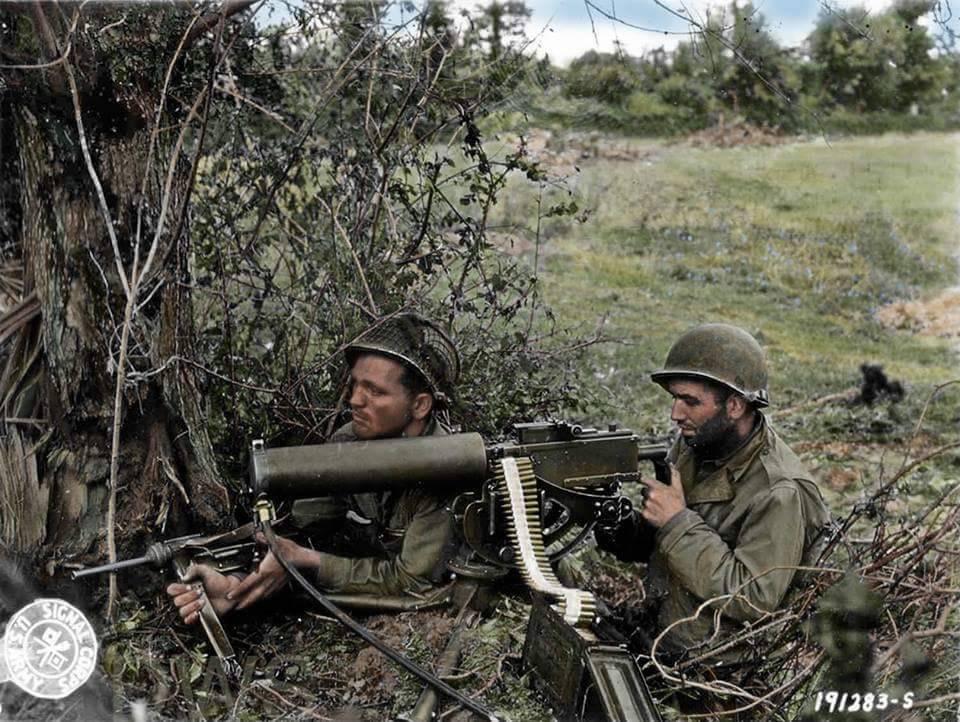
11 of 22:
You see, many in the Allied command knew about the hedgerows. Aerial photographs of the region revealed little fields surrounded by trees and brush.
You see, many in the Allied command knew about the hedgerows. Aerial photographs of the region revealed little fields surrounded by trees and brush.

12 of 22:
Yet the command did little to prepare their units for fighting among the hedgerows. Even the maps soldiers carried into combat did not reveal the treacherous nature of the landscape.
Yet the command did little to prepare their units for fighting among the hedgerows. Even the maps soldiers carried into combat did not reveal the treacherous nature of the landscape.

13 of 22:
Leaders on the ground were unable to adjust quickly and think a way out of the hedgerow boxes. The solution came not from Eisenhower, Bradley, Patton, or Hodges.
Leaders on the ground were unable to adjust quickly and think a way out of the hedgerow boxes. The solution came not from Eisenhower, Bradley, Patton, or Hodges.

14 of 22:
Failed by their leaders, it was up to the Soldiers in the fight to figure this out.
They did.
Failed by their leaders, it was up to the Soldiers in the fight to figure this out.
They did.
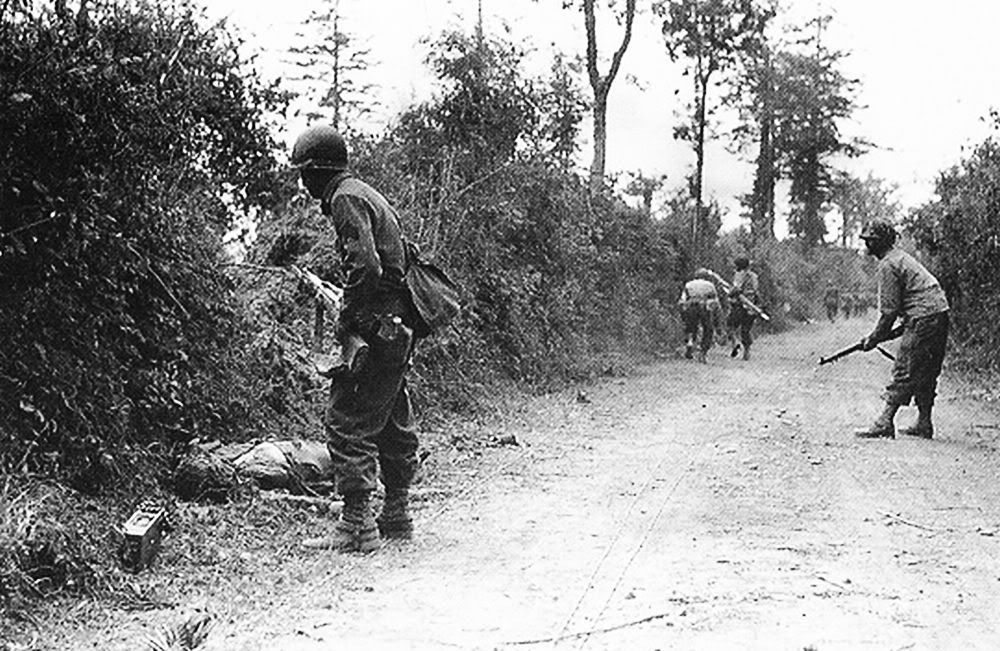
15 of 22:
At the end of June, 1944, Cranford, New Jersey’s Sergeant Curtis Culin, a tanker with the New Jersey National Guard & a farm boy from Tennessee [history only knows him as “Roberts”] saw a solution right in front of them.
At the end of June, 1944, Cranford, New Jersey’s Sergeant Curtis Culin, a tanker with the New Jersey National Guard & a farm boy from Tennessee [history only knows him as “Roberts”] saw a solution right in front of them.

16 of 22:
They were looking at the iron German beach fortifications (the “dragon’s teeth”). Roberts: "Why don't we cut out those sharp prongs and put them on the front of the tank and cut through these hedges?"
They were looking at the iron German beach fortifications (the “dragon’s teeth”). Roberts: "Why don't we cut out those sharp prongs and put them on the front of the tank and cut through these hedges?"
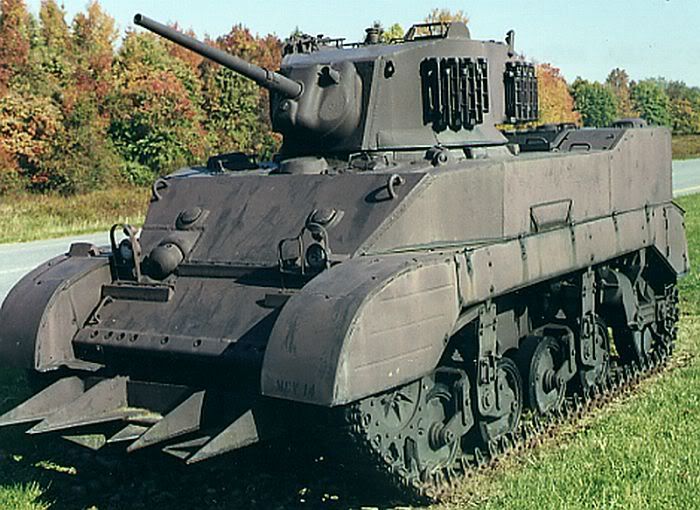
17 of 22:
Curtis saw it: they would take the iron from German beach fortifications and turn them into shovels along the front of tanks.
Curtis saw it: they would take the iron from German beach fortifications and turn them into shovels along the front of tanks.

18 of 22:
Much like a rake, these teeth would become 4-point prongs that would cut through the dense foliage.
Much like a rake, these teeth would become 4-point prongs that would cut through the dense foliage.

19 of 22:
Together they build a prototype tusk-like assembly welded to the front of a tank. They tested it. It worked. The plate tore through the hedgerow like the horn of a rhinoceros. They called it the Rhino Tank.
Together they build a prototype tusk-like assembly welded to the front of a tank. They tested it. It worked. The plate tore through the hedgerow like the horn of a rhinoceros. They called it the Rhino Tank.
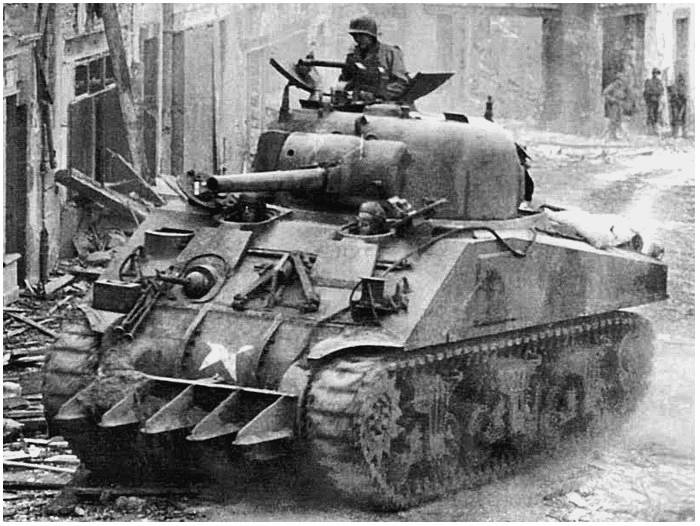
20 of 22:
Word got to General Omar Bradley, commander of First Army. He ordered as many Sherman tanks as possible fitted with the device. Within 6 months, more than 60 percent of First Army tanks were so equipped.
Word got to General Omar Bradley, commander of First Army. He ordered as many Sherman tanks as possible fitted with the device. Within 6 months, more than 60 percent of First Army tanks were so equipped.

21 of 22:
Who is the next Curtis Culin and Roberts? Who among us has the next great idea that will have strategic impact?
Who is the next Curtis Culin and Roberts? Who among us has the next great idea that will have strategic impact?
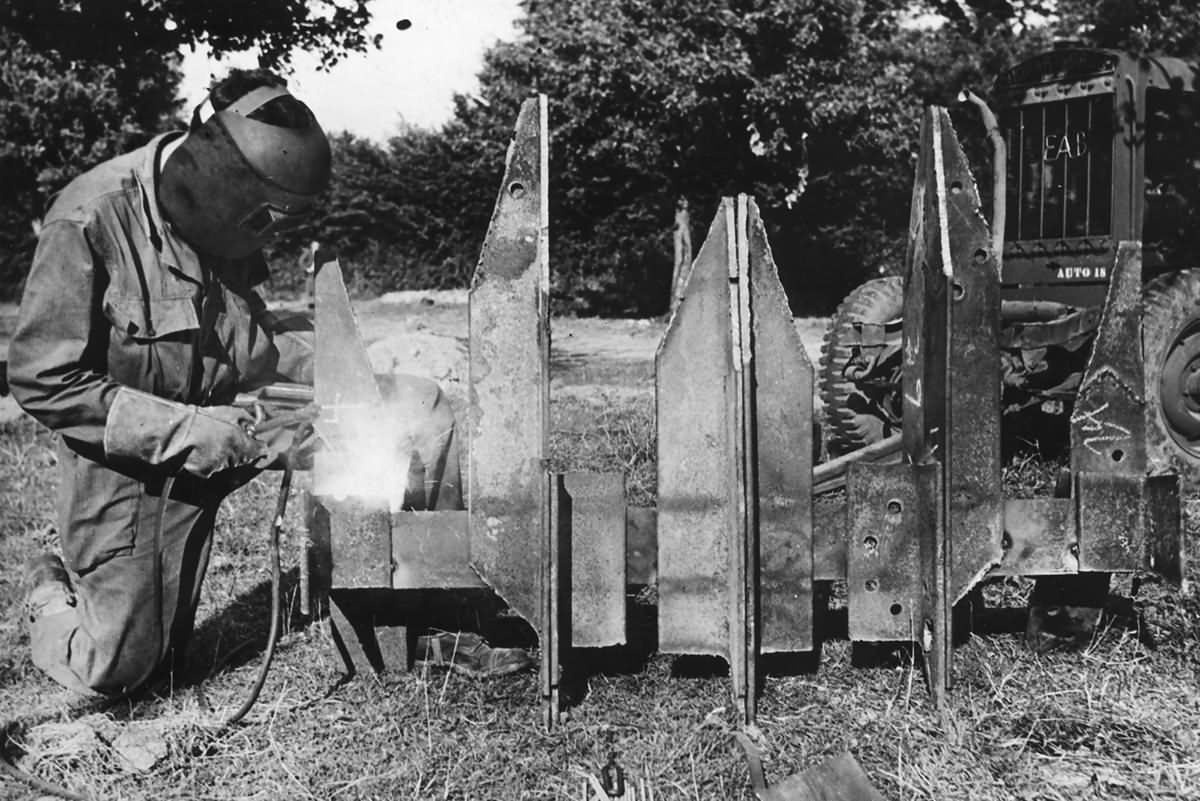
FINAL:
We can’t wait to find out.
In fact, we’ve even built a website just for this purpose.
innovatedefense.net/xviii-airborne
We can’t wait to find out.
In fact, we’ve even built a website just for this purpose.
innovatedefense.net/xviii-airborne
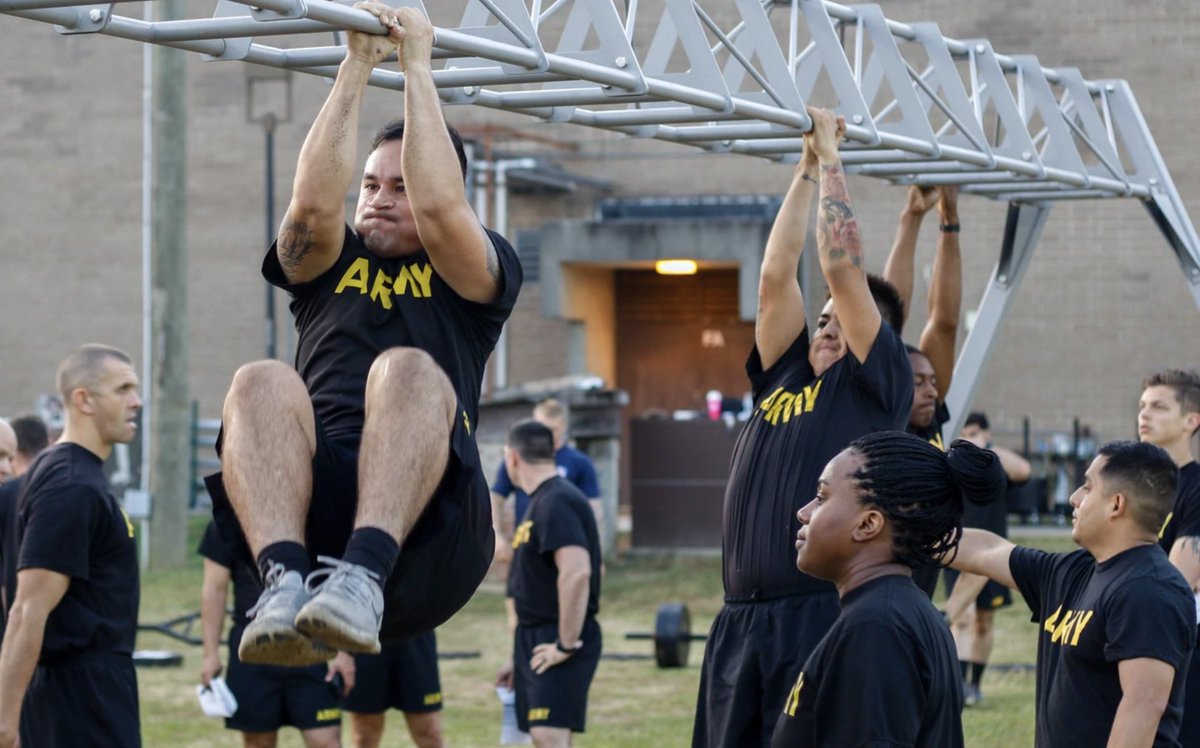
• • •
Missing some Tweet in this thread? You can try to
force a refresh


